|
The Feelings Wheel is a visual tool that helps children (and adults!) develop the awareness and vocabulary that supports the management and regulation of emotions. It was created by Robert Plutchik to organise 8 basic emotions into a coloured visual tool to understand emotions and related physiological experiences. Gloria Wilcox was inspired by Plutchik's model and designed a simpler version that many of us are familiar with today. This model is usually recommended to support children.
Have you ever asked a child, “How are you feeling?” only to be answered with the word fine. Or perhaps they reply with an emotion “umbrella” word, also known as core emotion words such as sad or angry. Our emotional experiences are often more complex than these simple words can convey. The Feelings Wheel provides a range of expressive words that can help children develop a more accurate description of how they are feeling. To make use of The Feelings Wheel begin in the centre and find the emotion that seems to most closely match how the child is feeling. You can then progress to the outer circles within the same colour triangle to support the child with identifying their feelings with more accuracy. Benefits of using a Feelings Wheel:
Some ideas for using a Feelings Wheel
The Feeling Wheel is a simple, yet powerful tool to support the development of Emotional Intelligence. Download your free printable Feelings Wheel below!
0 Comments
We talk about nurturing children often, but what exactly does it mean to nurture and what is our role? The dictionary defines a nurturer as, “someone who nurtures others, offering food, protection, support, encouragement, or training”. On the face of it, nurturing appears to be about caring and protection. It wasn’t that long ago that parents and educators were mostly focused on the logistical elements of nurturing such as feeding, clothing, sheltering, and imparting knowledge. The emotional development of a child wasn’t a priority factor in the way that it is today, or at the very least, wasn’t an area that was understood enough to be able to consciously nurture. Now when we think about nurturing children, we are more aware of the holistic picture. Research and developments in psychology now help us understand that nurturing a child involves several pillars. Rather than looking simply at providing for basic needs, we understand that nurturing is also about the people and relationships in a child’s life. We also understand that rather than focusing on the child’s personality (although this does need reflecting on when developing a nurturing approach, which we’ll touch upon later), we create the optimum environment. Much like the analogy of planting a seed in the nutrient rich soil to ensure its healthy growth. Maslow’s Hierarchy of Needs shows us a model for meeting needs and nurturing. At the bottom of the pyramid are our basic physiological needs. From there, we build upon our needs until we reach the top of the pyramid where we can grow and spend time on personal development and fulfilment. It’s important to note this is a theory. It has been recognised that people may require their needs met in a different order and there is debate as to whether there is a hierarchy at all. But as a guide, Maslow’s Hierarchy of Needs draws awareness to our human needs and helps us reflect on how to nurture our children. There is certainty amongst psychologists that when basic needs, such as safety, security, and attachment, are not met, children cannot reach their potential in learning. This is significant and suggests that we should, most definitely, pay attention to how we might consciously provide both physical and emotional care. So, how can we nurture children? We need to look at nurture from physical, emotional, mental, and spiritual perspectives. Although these are separate elements, they are also interconnected. Physical nurturing involves the provision of good food, shelter, clothing, hygiene etc. When we take of children’s physical needs, we also send them an emotional based message that they are loved and cared about. Emotional nurturing relates to consideration of their self-esteem, mental health, development of coping skills and resilience. Mental nurturing involves opportunity to learn and develop skills that help them gain fulfilment and purpose in life. This links back to emotional nurturing as their learning and skill acquisition impacts confidence, self-esteem, and overall happiness. It also links to spiritual nurturing as we help them discover their passions, purpose, place in the world and develop their understanding of self. As you can see, these elements of nurture cannot be disconnected. After the provision of physical needs, we can first and foremost, make ourselves aware of attachment theory. This is based on the concept of early relationships that children form with a significant adult. The theory states that a strong, secure attachment with at least one main caregiver is crucial to a child’s development. This attachment has the power to influence a child’s emotional wellbeing, future relationships and even links to future generations. It is worth becoming familiar with the 4 attachment styles and reflecting on our own experiences as well as how that may be presenting itself in our relationships with children. In addition to this, we can choose our approach to our interactions with children that are rooted in a few principles. These principles are:
How does nurturing a child look in real life? Nurturing a child involves simple everyday interactions, relationship building and some inner work for us the adults. Ways you can nurture your child include:
Nurturing children is a big responsibility. Have self-compassion, especially on those days where you doubt yourself. Your ability to nurture is dependent on your own wellbeing so taking care of yourself is important to do alongside taking care of your child. Remember, once you’ve taken care of the basic physical needs, nurturing comes down to relationships. Prioritise that and your future self, your child, and the generations to come will thank you. From 10th to 20th November 2023 we're running a Nurture November Challenge!
|
| As parents and educators, much of our attention is drawn towards helping kids manage their big feelings. Their anxiety, anger, and sadness demand we take notice. This leads us to emotion coaching and education, teaching them tools to cope and manage their wellbeing and mental health. In doing this we lay the foundations that will support our kids through life’s challenges. But how much time do we spend teaching them HOW to be happy? Perhaps we should see this as the first step in raising emotionally healthy children. Knowing what happiness is and how to find it could be seen as the groundwork for building the structure of emotional wellbeing upon. How do we build the foundations of happiness? There are several ways to raise happy kids. Let’s look at the 5 of the main ones. |
Resilience building is one of the key traits in emotional intelligence, boosting wellbeing through a strong link with self-esteem. Although resilience is required when faced with a challenge and therefore may not be accompanied by obvious feelings of happiness in the short term, it is connected to lower levels of distress. Resilient kids are required to look for and use their strengths, think flexibly and optimistically, learn from mistakes, and involve positive beliefs about self. Resilience overarches a general feeling of satisfaction which is a form of long-term happiness.
Support them to build healthy relationships.
There is so much research that shows feeling connected to others is a major factor in our happiness. In fact, a Harvard University study suggests that relationships are a predictor of long-term happiness. Positive, healthy relationships can help reduce stress and are connected to strong happy emotions. Guiding and coaching our kids to develop healthy friendships supports their happiness. Trust, listening, kindness and empathy are just some of the characteristics to support. You can read more about this on a previous blog.
Focus praise on effort rather than achievement.
Focusing on effort raises self-esteem and helps children to build a positive self-image. A study by Carol Dweck, the leading psychologist behind the theory of growth mindset, suggests that praising effort is motivating and boosts performance. Growth Mindset is the belief one has in their ability to improve and learn. This belief means that more time and effort is put into challenges, which leads to higher achievement. In turn, this boosts self-esteem, and a cycle emerges that happiness becomes the centre of in the form of satisfaction and optimism.
Show them how to reframe thinking.
Reframing is a thinking strategy that breaks a negative thought cycle. The human brain has a bias called the Negativity Bias. This describes the tendency to take more notice of negative experiences and place more importance on them, even when presented with an equal amount of positive experience.
Even though we may think we see everything truthfully, the reality is that our minds are managing a huge amount of information at any given moment and therefore filtering occurs. Encouraging our children to assess their thinking and alter perspectives to more accurate views can all address the negativity bias through optimism and gratitude. This can help them manage uncomfortable emotions such as worry, anxiety and sadness. Examples include turning the thought “All my friends can do this accept me” into “What are my friends doing that I can learn from?” and stepping out of the anxiety associated with starting a new after school club by thinking about all the good things that will come from it.
Help them recognise how they feel and build self-awareness.
Emotional intelligence and happiness are interconnected. Emotionally intelligent people are self-aware. They know themselves well. They understand their feelings and the things that create them. People with high EQ are also pretty good at implementing thinking strategies to their emotions, building resilience and the ability to regulate and return to calm more quickly. Because they understand themselves, they tend to know their values and stick to them which means they are closest to their best self, promoting longer term happiness such as pride, contentment, and an inner sense of peace. On top of all that, emotionally intelligent people have a growth mindset, so they aren’t caught up in a negative self-image.
This probably feels big when we apply it to the context of raising children, but when we remind ourselves that they, like all of us, are on a journey through life we understand that emotional intelligence is about self-development. In the context of raising happy kids, this really means helping them to develop curiosity about themselves, their emotions, their relationships and what will make life a success for them.
Visit our resource store to find resources that build emotional intelligence!
| Setting goals for our kids can feel a bit overwhelming. I've had that thought too ... "Really? Something else I have to remember to do as a parent." Goal setting can be the sort of thing we set out with good intentions to do, and then get side tracked and end up feeling frustrated or guilty that we dropped another ball. This feels even more intense when it's something we've decided we should do to support our children that gets side tracked by life. That's one reason why I like to keep it small. But hear me out. Small doesn't mean easy. Small goals should be a challenge and yet achievable. They should help children enjoy the joy of regular progress. |
The problem with setting big goals is that they can be easily derailed. Even for adults, working towards a big or long term goal takes mental effort and commitment. It can be an emotional rollercoaster as failures and set backs are experienced. So for children, who are still developing emotional resilience, a failure on the road to a big goal can feed into low self esteem or lack of confidence. Although we don't want to smooth the road out too much for them, we do want to prepare one that provides just the right amount of resilience building 'bumps' along the way, giving them a chance to feel they've got some miles under their belt before they hit another bump in the road.
- Make it achievable. There's nothing more de-motivating than being set a goal that feels out of reach, something far in the future or doesn't give some success early on. Make the goal challenging enough that effort is required, but not so hard that the child feels they'll never get there. You can break a bigger goal down into smaller ones and set the next step once the first has been achieved. This is a great way to boost self esteem! Remember goal setting is a life skill, so learning the process of how to achieve is really important!
- Create small habits. Just like us, a child will bounce straight back out of trying to achieve a goal if we don't support them in creating small habits that help them on their way. For example, if the goal is to get 10 hours sleep a night, then creating habits such as going to bed at the same time/getting up at the same time, will make it far more likely that they'll achieve that 10 hour goal. Again, the little steps are crucial!
- Make it meaningful. Gaining Golden Goals 101. The goal has to be important to the child.
- Promote a growth mindset. Success is more likely when a child has a growth mindset. When they believe they can do something or learn with effort, they are motivated to keep trying. This is another reason why breaking goals down into smaller goals is effective. Success breeds success. When a child feels a sense of accomplishment, their self esteem is boosted which in turn will support the development of a growth mindset in relation to their goal.
- Balance is crucial in goal setting with children. Find the fine line between too hard and too easy. In this sweet spot, a child can develop resilience, self esteem and growth mindset. Here they will thrive.
- Engagement with the goal is key. I've been asked if goal setting is really necessary. In my opinion, I don't think we have to go looking for it (so don't go looking for goals in January just because of the New Year hype!). When it comes to kids, meaningful opportunities for emotion coaching are always the best way to support emotional development so the process is immersive and experiential. This is definitely true of goal setting! To stand any chance of achieving a goal through conscious goal setting, the goal really has to mean something to the child.
Enjoy watching your child set goals and thrive!
Are you worried about your little worrier?Worrying is something we all experience from time to time. It's thought to be an evolutionary trait that has helped keep humans safe from threat and danger. Worry is a way of thinking ahead to the future in a negative manner in an attempt to avoid threats, discomfort or solve potential problems. Worries can be small and easily dealt with, but other times can be overwhelming or prolonged. These bigger worries can impact your child's everyday life. If you have a little worrier, here are 5 things your child needs to know about worries. |
We will all experience worry. Some kids feel overwhelmed by the internal sensations of worry and don't always understand what they are experiencing, which can feel uncomfortable or cause feelings of vulnerability, shame, guilt or impact self esteem. Knowing worry is something everyone experiences normalises it and helps children feel less isolated as well as increasing the likelihood of them reaching out for support.
2. Worry can be helpful.
Help your child overcome any belief that there is something 'wrong' with them by teaching them that worry is something that evolved as a way of protecting ourselves. Historically, worry kept humans safe from immediate danger in the environment. In our modern lives, worry can still help keep us safe but often sets off false alarms. By learning to spot when this happens we can manage worry effectively. Help your child to understand that it's important to listen to our worry alarm in case we are in a situation that poses an immediate threat, such as a fire in another room or a busy road to cross. Then explain how because worry is a warning alarm or a protective bodyguard, we get to decide if we need to take action.
3. The aim is not to avoid worry.
When children feel overwhelmed with worry, they can lean towards avoidance behaviours. This can prolong or intensify the experience of worry or anxiety. Explain to your child that as worry is normal, the important thing is knowing how to manage it.
4. Worry can make you powerful!
When we feel worried, our brain signals the release of stress chemicals which sharpen our thinking and strengthen our body. This prepares us for action. This becomes more problematic when we don't know how to switch off this response. If we know how to calm our nervous systems, then we can benefit from the response worry initiates!
5. There are ways to manage worry!
Finally, worry isn't something we have to just put up with. If we decide worry has raised a false alarm, there are strategies we can use that help us manage the way we feel so we can develop resilience and feel confident.
Knowing these 5 things can help your child develop resilience and feel more able to cope with worries when they appear.
The ability to regulate emotions isn't something that happens overnight. The area of the brain responsible for reason and logic isn't fully developed until early adulthood. However, children should learn about feelings, their emotional triggers and how to soothe themselves to lay the foundations for an emotionally healthy life. Plus, I'm always amazed at how easily children embrace calming strategies ... even when their thinking brains are still maturing!
There are several important ingredients for a calm corner:
1. Something that helps children identify what they are feeling.
This could take the form of a Feelings Check In sheet, Feelings Cards or a Feelings Print. Naming a feeling is known to calm a nervous system that is in a stress response.
2. Calming Strategy Visual Prompts
Children need easy to access calming strategies to support their emotional development and regulation skills. This is something children need to be explicitly shown and taught! A strategy poster, cards or other visual prompts such as the posters in our natural, mindful yoga themed Calm Down Corner Kit are or the cards in our Calming Strategy Kit are perfect for teaching children the ways to find calm. I'd suggest having conversations around these strategies too, asking your child what they noticed about the way they felt in their bodies, which will help their brains make links between the strategies and feeling calmer, making it more likely they will use them in the future!
3. Resources that support emotional regulation
A toolbox of resources to support regulation and self soothing are great additions to Calm Down Corners. I'd recommend sensory/fidget toys, glitter bottles, puzzles (non frustrating ones!), reading books, cuddly teddy, and a favourite blanket. Most of these items will use the senses and provide the sensory input that helps the nervous system feel safe and therefore calm.
4. Mindfulness Tools
Set up your Calm Corner with some tools that will provide your child an opportunity for mindful moments that help them reflect on and process their feelings. These tools could include colouring pages, pens and paper for drawing or writing, tracing pages, breathing technique prompts or journal pages. Our Calm Down Corner Kit provides these opportunities through printable sheets that you can instantly download here.
Where should I locate my Calm Down Corner?
As a former primary school teacher, I know the important that the environment has on children's ability to learn and access their thinking. The location of your Calm Down Corner is important for this reason too. Choose an area of your home that is quiet and calm. Somewhere that, ideally, isn't too busy or overwhelming in terms of household clutter or family traffic! I love to use bean bags, cushions and soft blankets in our Calm Corner. I've also created a den in the past to house our Calm Corner as it lent itself to my child's interest at the time.
Why should I have a Calm Down Corner?
A designated space gives your child a clear action to take when they feel overwhelmed by big feelings such as anger, frustration or worry. By creating a space for them, you can also provide them with accessible prompts that can help them calm their feelings, educating them with life long skills and also structuring their response to their feelings without you having to be right next to them. Sometimes children need the space/distance a calm down corner provides before they are ready and able to have a reasonable discussion with you. Calm Corners can also help children feel safe when big feelings overwhelm them, soothing their emotional brain and helping them find calm.
Did you know ... ?
If your child is a little Space Enthusiast, we've created My Chill Out SPACE - A Space Themed Calm Corner Kit! Why not get really creative and set up a 'rocket corner' filled with the resources in this printable kit! Using your child's interests will help motivate them to use and engage with the space that you create.
Categories
All
Anger
Anxiety
Behaviour
Calm Kids
Children's Well Being
Children's Well-being
Christmas
Confident Kids
Developing Emotional Intelligence
Discipline
Family Life
Growth Mindset
Highly Sensitive Children
Holistic Wellbeing
Mindfulness
Motherhood
Parenting
Parenting & World Events
School
Social Skills
Archives
April 2024
November 2023
October 2023
July 2023
May 2023
March 2023
January 2023
September 2022
June 2022
May 2022
January 2022
November 2021
October 2021
September 2021
July 2021
June 2021
April 2021
March 2021
February 2021
January 2021
November 2020
October 2020
September 2020
August 2020
July 2020
June 2020
May 2020
April 2020
March 2020
February 2020
November 2019
September 2019
July 2019
June 2019
April 2019
March 2019
Author
Hey! I'm the founder, creator and voice of Ink and Scribbles. Sharing thoughts on child well-being and parenting that are based on my teaching and parenting experience, and NLP learning.
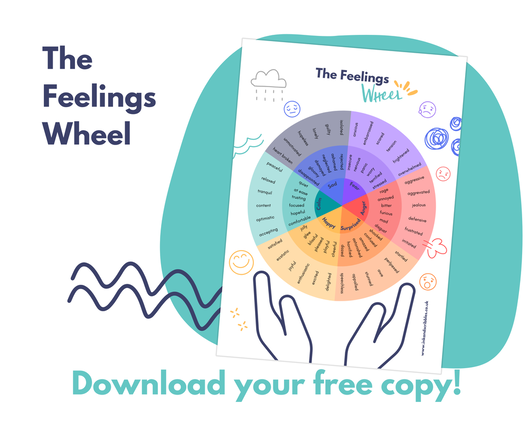
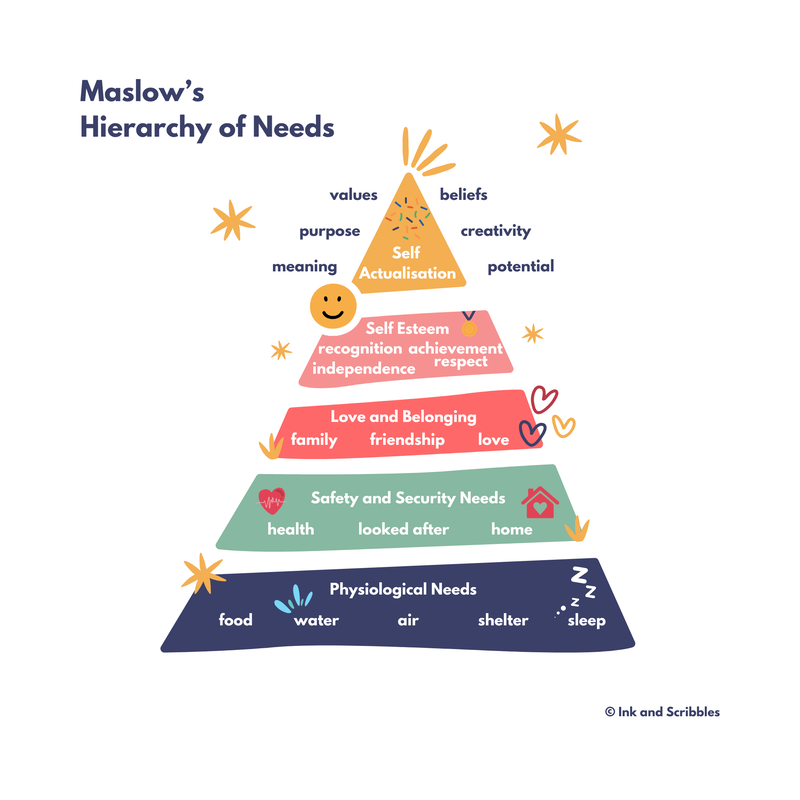

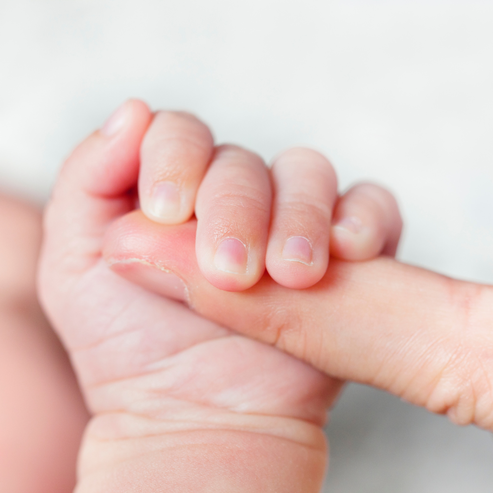


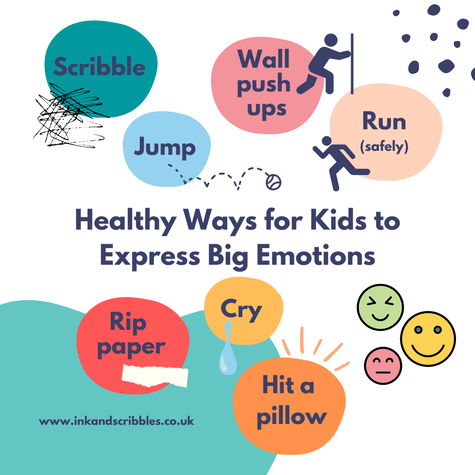

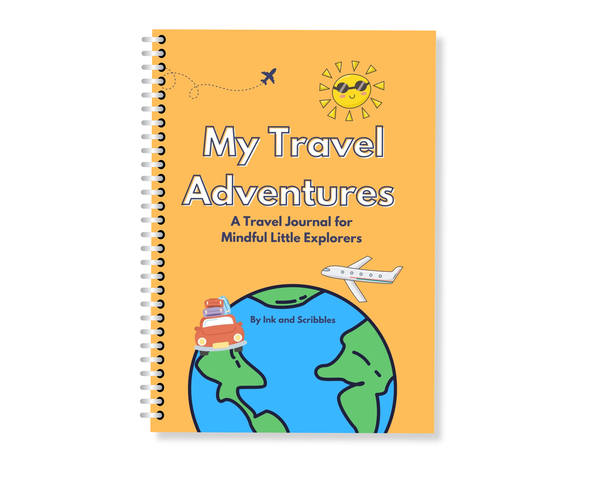
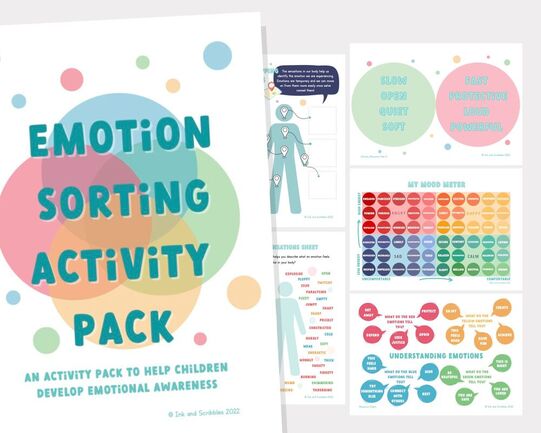
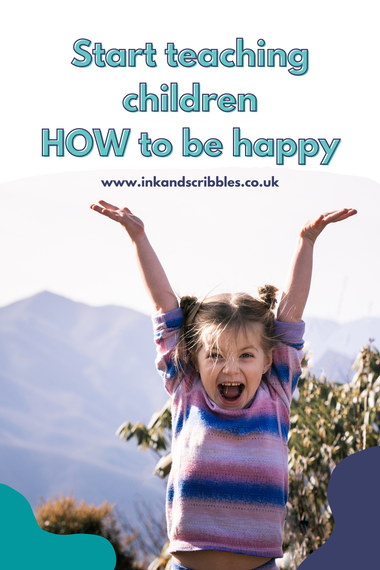
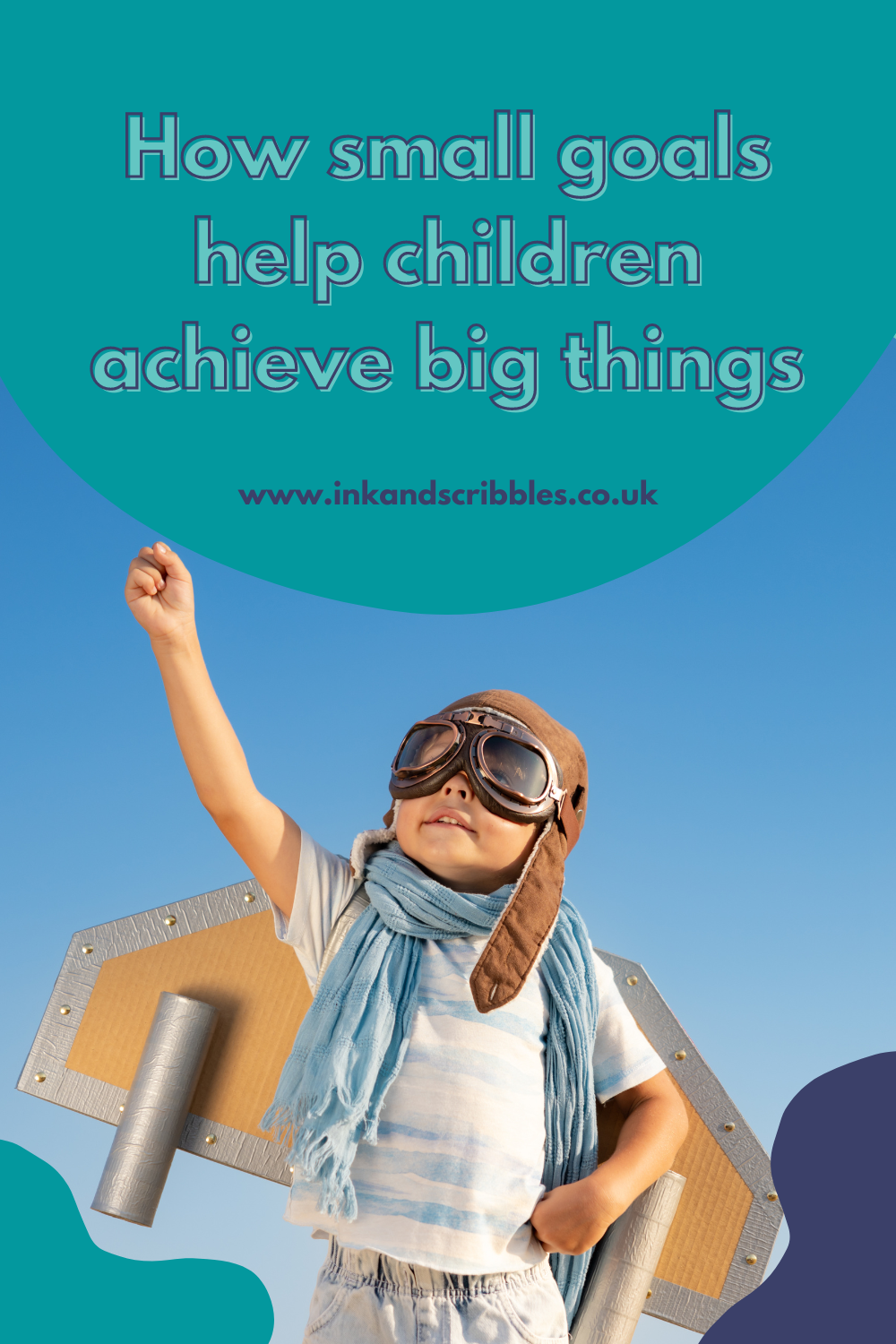
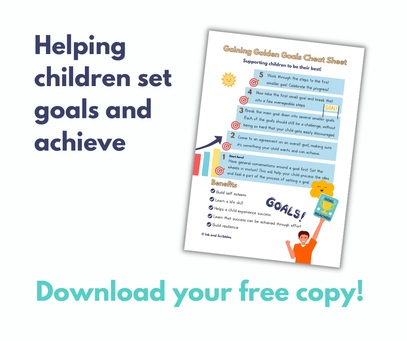
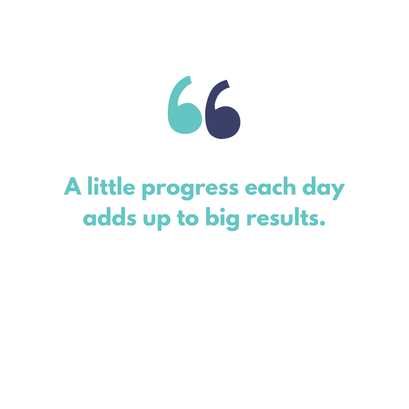
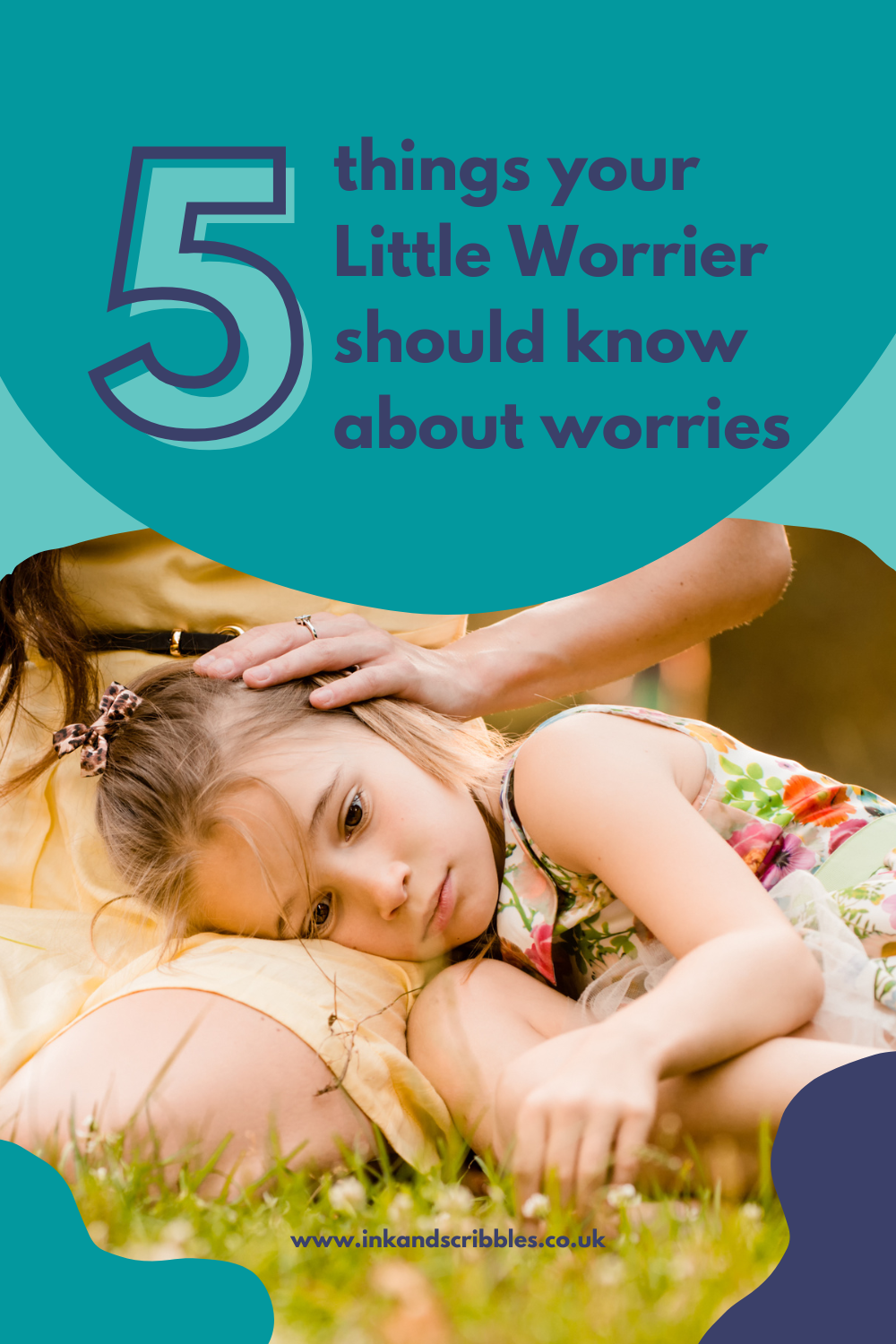
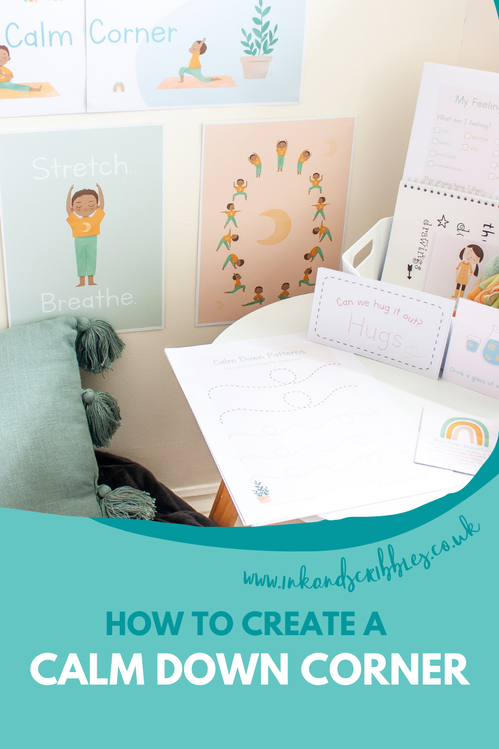
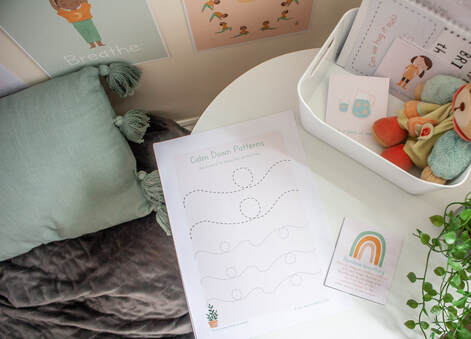
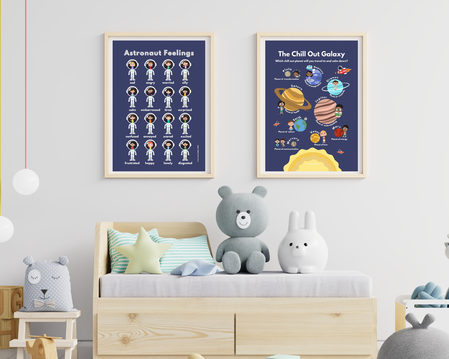

 RSS Feed
RSS Feed